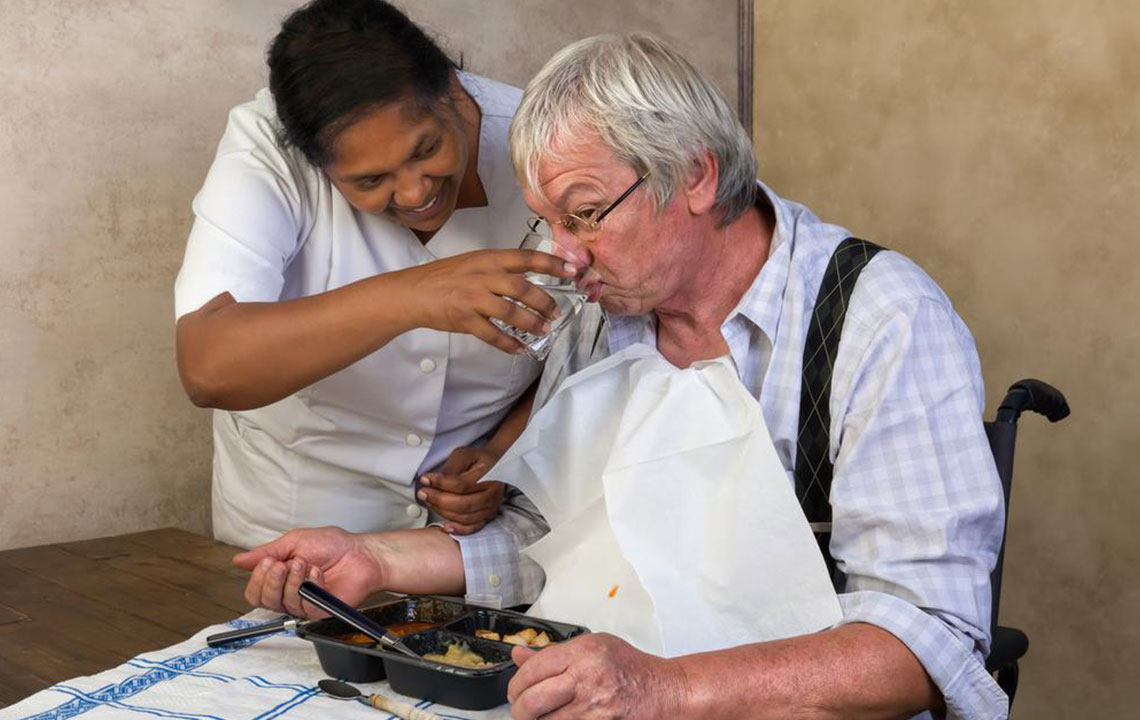What To Expect When You Have Parkinson’s Disease- Life Expectancy
Parkinson’s disease is a degenerative disease of the nervous system. It is caused when the sheath of the nerve cells in the brain gets damaged. The disease manifests itself by affecting movement.
Some neurons are responsible for the production of dopamine. When these neurons die, dopamine levels drop. Since dopamine is vital for controlled movement, a patient suffering from Parkinson’s disease can experience a range of limited movements.

Parkinson’s disease usually occurs in people who are in their 50s and above. However, there have been rare cases of it striking younger people as well.
Parkinson’s disease life expectancy is similar to those who don’t have the condition. Late-stage Parkinson’s however, complicates the standard and quality of life greatly. This degenerative disease has five stages.
Stage One
This is the first dangerous stage of Parkinson’s disease. Life expectancy is normal, and it can be managed with medication. The first stage showcases symptoms of a minimal nature, which go unnoticed most of the time.
The most visible symptoms are mild tremors, a change in posture and a change in the way patients walk. There maybe some minor difficulty with speech, but this is on the rarest of occasions.
The tremors in early-stage Parkinson’s is usually limited to one side of the body.
Stage Two
This stage is when the symptoms of Parkinson’s disease is more noticeable. The standard of life during stage two deteriorates quite a bit. The manifestation of these symptoms are more rapid; they show much faster than stage one.
Tremors begin to become visible on both sides of the body. The change in posture is much more noticeable, and a patient has their walking form degrade enormously. The body begins to experience mild stiffness. The patient may begin trembling, and on rare occasions, a change in facial expressions may start becoming noticeable.
Most patients during this stage still manage to remain independent. Some tasks, however, may become more time consuming than others. It can take anywhere from days to years, to go from stage one to stage two.
Stage Three
This stage is the turning point in Parkinson’s disease. Life expectancy is still near normal, but stage three indicates a serious drop in quality of life. Patients are still independent to a large degree. The patient starts experiencing most symptoms from stage one and stage two.
Additionally, they begin to lose reflex speed and their reactionary time begins to lower. A loss of balance begins to show during this stage. Falls become a common occurrence during this stage.
Patients can perform day to day tasks regularly, but the completion time for most tasks is significantly longer. Stage three can still be managed with medication.
Occupational therapy is an additional requirement for the treatment and management of stage three.
Stage Four
Stage four of Parkinson’s disease is when independence becomes more difficult, although patients can live alone. They require wheelchairs and walkers to help with their movement. Day to day tasks consume a large amount of time, compared to before.
The symptoms begin to become extremely visible and show on a more frequent basis. Stage four of Parkinson’s disease is when patients are recommended to live with others for help. The patient’s reaction time deteriorates rapidly, leading to more falls.
Although the requirement for assistance may not be needed, it is recommended that patients take it. Medication may help reduce the symptoms to a minor extent, but not significantly enough to become noticeable.
Stage Five
This is the most serious and severe stage of Parkinson’s disease. Life expectancy based on the quality of life is poor, at this stage patients require around the clock assistance. The body has high chances of freezing when standing, and body stiffness is severe.
Walking or standing become near impossible at this stage. Patients are also known to have delusions, hallucinations and become confused. The physical stages of Parkinson’s symptoms are the most severe at this phase of the disease.
Patient’s motor skills are impaired at this advanced level of Parkinson’s disease. This makes it difficult to sustain a high quality of life.
Nonmotor Symptoms Of Parkinson’s Disease
Parkinson’s disease symptoms are not only of a physical nature. There are numerous biological, mental and emotional effects of this degenerative disease. Parkinson’s disease somehow affects life expectancy.
The symptoms that are not of a physically tangible nature are known as nonmotor symptoms, some of them include:
- Fatigue.
- Constipation.
- Speech Problems.
- Trouble Swallowing Food And Drinks.
- Deteriorating Sense Of Smell.
- Insomnia.
- Anxiety.
- Depression.
- Difficulty in Planning.
- Impaired Memory or Memory Loss.
- Slow Information Processing Ability.
- Parkinson’s disease is a difficult disease to live with but is not fatal. Parkinson’s disease life expectancy can be long, but the quality of life deteriorates as the disease degenerates.
Some side effects of this disease can become fatal. Symptoms of falls, loss of balance and aspiration pneumonia can occur. There have been studies that show links between Parkinson’s disease and dementia as well.











